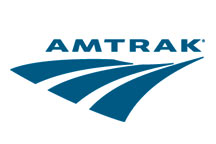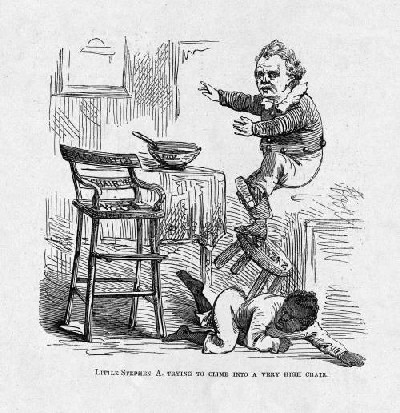 Peoria’s Mayor Jim Ardis will be pressing for rail service to come back to Peoria when he meets with Dick Durbin at a meeting in Champaign, the Journal Star reports:
Peoria’s Mayor Jim Ardis will be pressing for rail service to come back to Peoria when he meets with Dick Durbin at a meeting in Champaign, the Journal Star reports:
“I would definitely like to get on Sen. Durbin’s radar because he is very supportive of continued funding for Amtrak,” Ardis said. “Even though it hasn’t been here, we’re the largest metropolitan outside the city of Chicago. I think people would use it and it would help for economic development.”
[…]Still, Ardis said he hasn’t taken a serious look at the possibility and plans to discuss it with council to find out if others are on board after the meeting with Durbin.
So, for all of you other rail-enthusiasts who were wondering who to contact to express your interest in passenger train service returning to Peoria, there’s your answer: contact your city council representatives. It sounds like their interest is going to have an effect on how hard Ardis pushes for it.
There are some significant logistical hurdles to overcome. A common misconception people have about railroads is the belief that the tracks are just like interstates or highways — i.e., that any trains can travel on them whenever they want. But the truth is that railroad companies actually own their own rights-of-way, and any other company that wants to use it has to enter into an agreement and pay a fee to the company who owns it.
That’s right, unlike public roads and airports that are subsidized by the taxpayers, railroads are all privately owned and maintained. And Amtrak doesn’t own any track in Illinois. So for Amtrak to come to Peoria, one of the sticking points is determining what tracks it would/could actually run on. Once that’s determined and a deal is worked out with the owner of the tracks, most likely those tracks would have to be upgraded because Amtrak trains generally run at a higher speed (70+ mph) than freight trains. And that costs money; probably state money.
The bottom line is, there would have to be better ridership than there was back in the late 70’s when train service left Peoria, or the early 80’s when Amtrak left East Peoria. And, contrary to some comments I’ve seen, just running a train to Normal to connect with trains there isn’t going to cut it. We need a direct-to-Chicago route (in less time than it takes to drive) if we want to get significant ridership. One of the reasons ridership was down 20-30 years ago was because service got so bad and trains went so slowly due to deferred track maintenance.
I think Peoria would embrace fast, quality passenger train service to Chicago and St. Louis. I’m glad to hear that Ardis, Durbin, and other elected officials are interested.


 Steve Lyons was a FOX broadcaster until immediately following Game 3 of the ALCS. It was during that game that Lyons, according to FOX, made “racially insensitive remarks” about fellow broadcaster Lou Piniella, who is also destined to be the Cubs’ next skipper.
Steve Lyons was a FOX broadcaster until immediately following Game 3 of the ALCS. It was during that game that Lyons, according to FOX, made “racially insensitive remarks” about fellow broadcaster Lou Piniella, who is also destined to be the Cubs’ next skipper. From the
From the  From today’s Journal Star:
From today’s Journal Star: